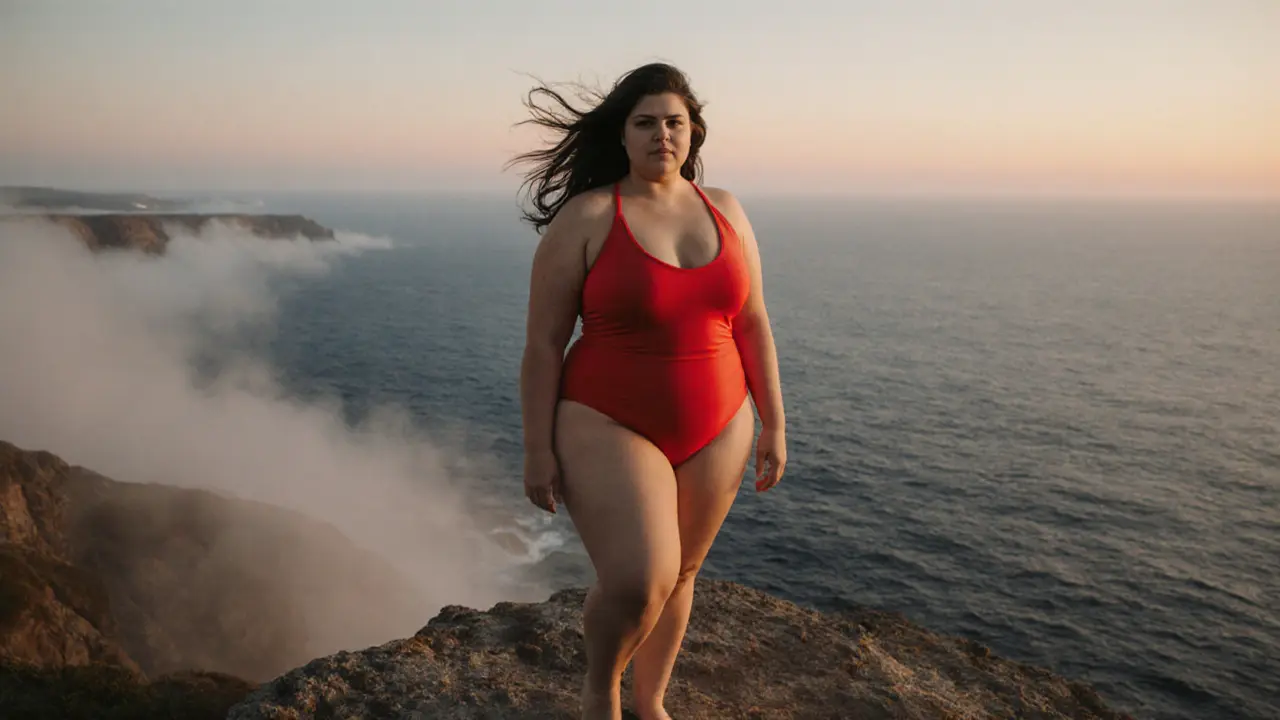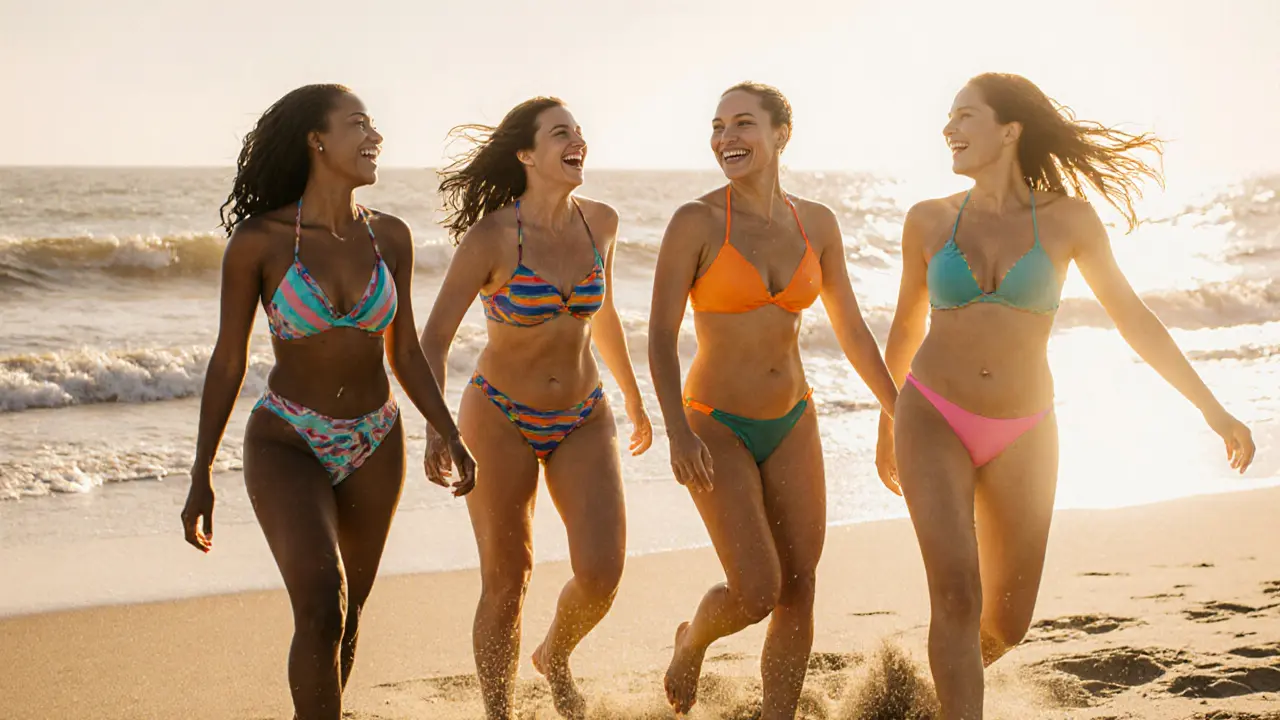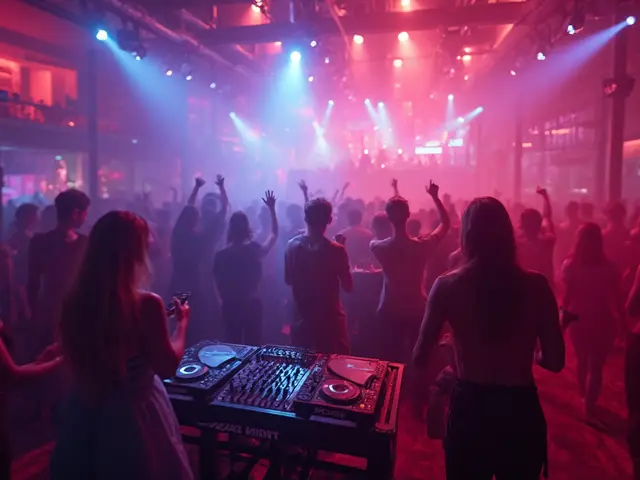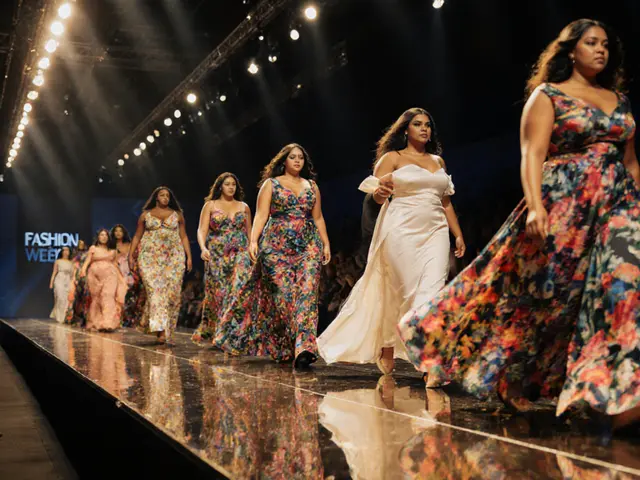You’ve seen them on billboards, in magazines, on Instagram feeds-bikini models smiling under golden sunsets, standing on sandy shores, or lounging by turquoise pools. But what’s really going on behind those photos? Is it just about showing skin, or is there something deeper happening here?
A Summer Tradition, Not Just a Trend
Bikini models aren’t just fashion accessories. They’re part of a cultural ritual that kicks off every year as the days get longer and the heat rises. Think about it: when summer arrives, swimwear suddenly becomes the most talked-about clothing category. Brands launch new lines. Photographers pack their bags. And models-many of them everyday people with day jobs-step into the spotlight wearing nothing but fabric the size of a napkin. This isn’t new. The bikini was introduced in 1946, named after the Bikini Atoll nuclear tests because, as one designer said, it would cause an “explosion” in public opinion. And explode it did. By the 1960s, it was everywhere-from Hollywood films to beachside cafes. Today, it’s not just clothing. It’s a symbol of freedom, confidence, and seasonal renewal.Who Are These Women (and Men)?
The word “model” makes some people think of supermodels with six-figure contracts. But most bikini models today aren’t celebrities. They’re college students, fitness instructors, teachers, nurses, and small business owners who moonlight in front of the camera. Many start by posting photos on Instagram or entering local contests. Some get scouted. Others build their own brand. Take Maria, a 28-year-old physiotherapist from Miami. She started posting bikini photos after recovering from a knee injury. “I wanted to show people that healing isn’t linear,” she told a local magazine. “And that you don’t need to look a certain way to feel good in your skin.” Her posts went viral. Now she works with swimwear brands and runs online coaching for body confidence. It’s the same story across the globe. In Brazil, models often come from beach communities. In Australia, many are surfers. In Germany, you’ll find models from urban fitness studios. The common thread? They’re not selling a fantasy. They’re selling authenticity.Why This Matters Beyond the Beach
There’s a reason bikini modeling has exploded in popularity over the last decade. It’s tied to a bigger shift: body positivity. Brands like Savage X Fenty, Aerie, and Girlfriend Collective stopped using airbrushed models. They started casting real bodies-stretch marks, scars, cellulite, and all. And consumers noticed. A 2024 study by the Global Body Image Institute found that 72% of women aged 18-35 felt more confident seeing “real” bikini models than traditional ones. That’s not just a marketing win. It’s a cultural shift. When you see someone who looks like you in a bikini, it changes how you see yourself. This isn’t about sex appeal. It’s about visibility. It’s about saying: “You belong here, too.”Types of Bikini Modeling Today
Not all bikini modeling is the same. There are several distinct styles, each with its own vibe and audience:- Beach & Resort Modeling - Shot on actual beaches, often for travel brands or hotel campaigns. Think barefoot, wind-blown hair, and natural lighting.
- Fitness Bikini Modeling - Focused on toned physiques, often tied to supplement or activewear brands. Poses are athletic, not seductive.
- Editorial Bikini Modeling - Art-driven. Shot in studios or unusual locations (abandoned buildings, forests). More about mood than body.
- Plus-Size Bikini Modeling - A rapidly growing segment. Brands like Torrid and Swimsuits For All now feature models sizes 12-26.
- Male Bikini Modeling - Once rare, now mainstream. Especially popular in surf, skate, and wellness brands.

How to Find Authentic Bikini Models (Not Just Stock Photos)
If you’re a brand, photographer, or just someone who wants to see real representation, here’s how to find the real deal:- Search hashtags - Try #RealBikiniBody, #BodyPositivity, #NoFilterBikini. Avoid #BikiniModel if you want authenticity-too many are paid ads.
- Follow local photographers - Many shoot in their hometowns. Check out photographers based in coastal cities like Santa Monica, Cape Town, or Lisbon.
- Look for behind-the-scenes content - Real models often post prep shots: messy hair, bad lighting, laughing on set. That’s the real stuff.
- Support indie brands - Smaller swimwear labels (like Summersalt, Solid & Striped, or Aday) often work with non-professional models.
What to Expect When You See a Bikini Photoshoot
If you’ve ever wondered what happens on set, here’s the truth: it’s not glamorous. It’s cold. It’s long. It’s full of awkward moments. A typical shoot starts at 7 a.m. with coffee and a quick chat with the photographer. There’s no makeup artist-just sunscreen and a little lip balm. The model wears a robe until it’s time. The crew adjusts the lights, checks the tide, or moves a towel. Ten minutes later, the model steps out in a two-piece, squints against the sun, and tries to look relaxed. They might do 200 shots in four hours. Only 10 make the cut. And the ones that do? They’re not edited to look like someone else. They’re edited to look like them.Price Range and How Models Get Paid
Pay varies wildly. A beginner model might earn $50-$150 for a local shoot. Mid-tier models with 10K+ followers can make $500-$2,000 per campaign. Top-tier influencers with brand deals can clear $10,000+ per month. But here’s the thing: most don’t make money from modeling alone. They use it to promote their own businesses-fitness coaching, skincare lines, YouTube channels. One model in Barcelona runs a podcast called “Bikini & Beyond,” where she talks about mental health and career pivots. Her modeling gigs fund the show. The real value isn’t in the paycheck. It’s in the platform.
What Makes a Good Bikini Photo?
It’s not about how much skin is shown. It’s about how the person feels. A great bikini photo has:- Authentic emotion - A real smile, not a forced one.
- Natural lighting - Golden hour, not studio flash.
- Context - Sand underfoot, waves in the background, a breeze lifting hair.
- Imperfection - A slightly crooked strap, a shadow on the skin, a laugh mid-shot.
Comparison: Bikini Modeling vs. Traditional Fashion Modeling
| Aspect | Bikini Modeling | Traditional Fashion Modeling |
|---|---|---|
| Body Type | Varied (curvy, athletic, petite, plus-size) | Often slim, tall, narrow frame |
| Location | Beaches, pools, outdoor settings | Studios, runways, urban backdrops |
| Editing Style | Minimal retouching; natural skin texture kept | Heavy retouching; smooth skin, altered proportions |
| Primary Goal | Body confidence, relatability, seasonal joy | Sell luxury, exclusivity, high fashion |
| Typical Audience | Millennials, Gen Z, fitness communities | High-end retail shoppers, fashion editors |
Frequently Asked Questions
Are bikini models just for men?
No. While the industry was once dominated by male audiences, today’s bikini modeling is largely driven by women and non-binary people. Many models say their biggest fans are other women who feel inspired to wear swimwear for the first time. Brands are shifting their marketing to reflect this change.
Is bikini modeling exploitative?
It can be-if you’re pressured, underpaid, or treated like a prop. But many models today are in full control. They choose their own photographers, set boundaries, and negotiate terms. The key is agency. When someone owns their image, it’s empowerment-not exploitation.
Do you need to be skinny to be a bikini model?
Absolutely not. The industry has changed. Brands now actively seek models of all sizes. In fact, plus-size bikini models are one of the fastest-growing segments. What matters is confidence, not measurements.
Can men be bikini models too?
Yes-and it’s becoming more common. Male bikini models appear in swimwear ads for brands like Quiksilver, Billabong, and even luxury labels like Lululemon. They’re not just “male versions” of female models; they’re shaping their own narrative around fitness, confidence, and outdoor living.
Is this just a trend that will fade?
It’s not a trend. It’s a cultural shift. People are tired of unrealistic beauty standards. They want realness. As long as that desire exists, bikini modeling will too-because it’s not about the swimsuit. It’s about the person wearing it.




